New method developed to identify wetland inhabitants
BGS-led research has helped develop a method to identify ancient human and animal wetland inhabitants.
01/11/2023 By BGS Press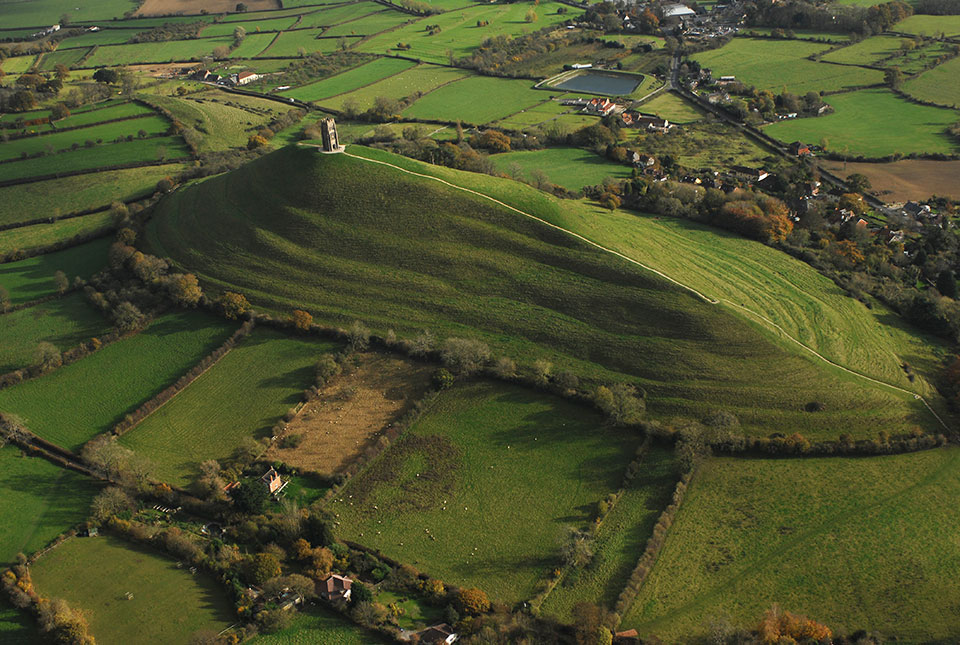
A team of isotope scientists from BGS, along with Cardiff University, has led research that has developed a new analytical method to identify archaeological remains of humans and animals that once inhabited wetlands. The method provides an additional tool for archaeologists to explore human and animal mobility in the past.
Identifying human and animal movement has long been an important pursuit in archaeology. Isotope analysis provides direct data for this and is helpful in identifying non-local individuals and patterns of migration.
Our aim was to test the hypothesis that certain underlying rock types will produce low sulphur (sulfur; S) isotope values, which are transferred through the food chain and could therefore provide a means of identifying humans and animals raised in wetlands in the past.
Angela Lamb, BGS Isotope Geochemist.
The new research explored the potential of previously undiagnostic low, often negative, S-isotope values to identify wetland dwellers. This was carried out by testing the hypothesis that impervious clays, which often support wetlands, will produce low S-isotope values due to both the underlying substrate and redox conditions.
Collecting samples
To characterise the modern S-isotope biogeography of typical wetland environments, the researchers collected and analysed 58 modern plant samples taken from areas overlying Jurassic rocks in southern England. The sampling targeted archaeologically important areas of the Somerset Levels and the Cambridgeshire Fens. S-isotope ratios were also extracted from the bone collagen of 65 faunal fossil samples from archaeological sites in both regions and analysed to compare with modern data and test if this relationship held for archaeological samples. To understand if the plant signals were transferred up the food chain to the fauna, S-isotopes in modern bone collagen, extracted from nine farm animals raised in these areas, were also analysed.
An additional tool for archaeologists
Of the samples tested, 60 per cent gave a value below zero, with the modern plant datasets giving more negative values for the eastern regions of Cambridgeshire relative to Oxfordshire and Somerset. The plants showed a correlation between S-isotope composition and altitude, which supports the idea that low-lying wetlands supply the most negative values into the environment.
These results support the interpretation that relatively low or negative S-isotope values are indicative of vegetation and wildlife growing and grazing on wetland regions underlain by Jurassic clays. Data from this study formed part of a new BGS isotope domain map (see Figure 1).
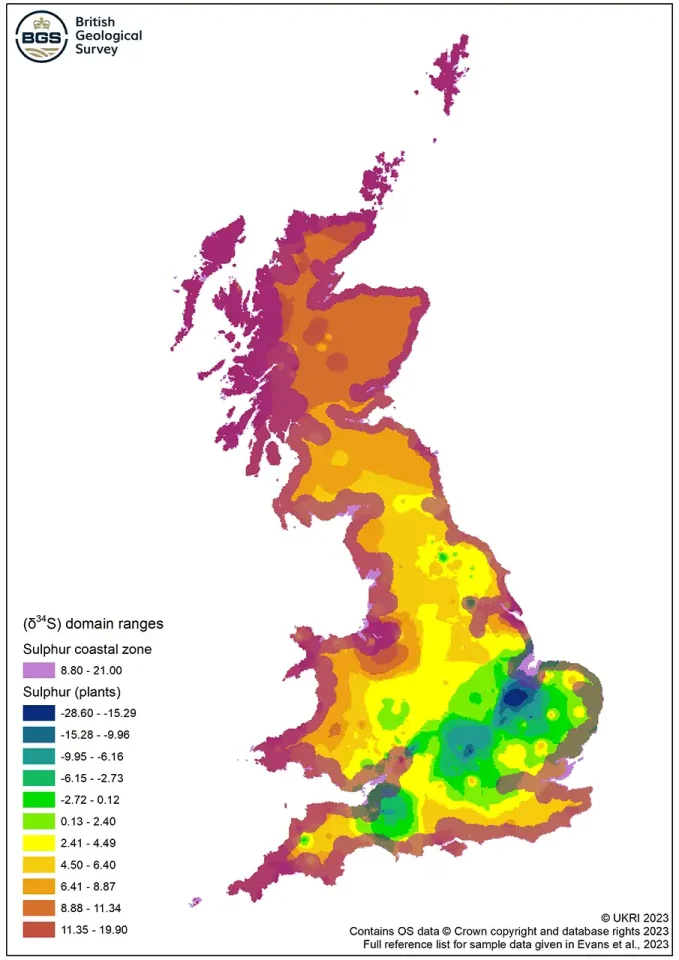
Figure 1 Map of S-isotope domain ranges for plants. BGS © UKRI.
Further work is needed to resolve regional differences in the altitude below which low S-isotope values occur and to understand S-isotope variability in higher altitude locations on the Jurassic clay, but this is a step forward in our understanding and therefore the application of low S- isotope ratios.
Angela Lamb
As a result, ancient humans and animals from wetlands, or that acquired their food from wetlands, may be identified using primary analytical methods. This provides an additional tool for archaeologists to explore animal management and human and animal mobility in the past.
More information
Read the research: Wet Feet: developing sulfur isotope provenance methods to identify wetland inhabitants
Evans, J A, Chenery, C A, Mee, K, and Marchant A P. 2023. Biosphere Isotope Domains GB (V2) [interactive website]. Available at https://www.bgs.ac.uk/datasets/biosphere-isotope-domains-gb/
Relative topics
Related news

GSNI project wins multiple awards at RegioStars event
17/10/2025
The AGEO project enjoyed a double success at the RegioStars awards, hosted at the European Commission in Brussels.
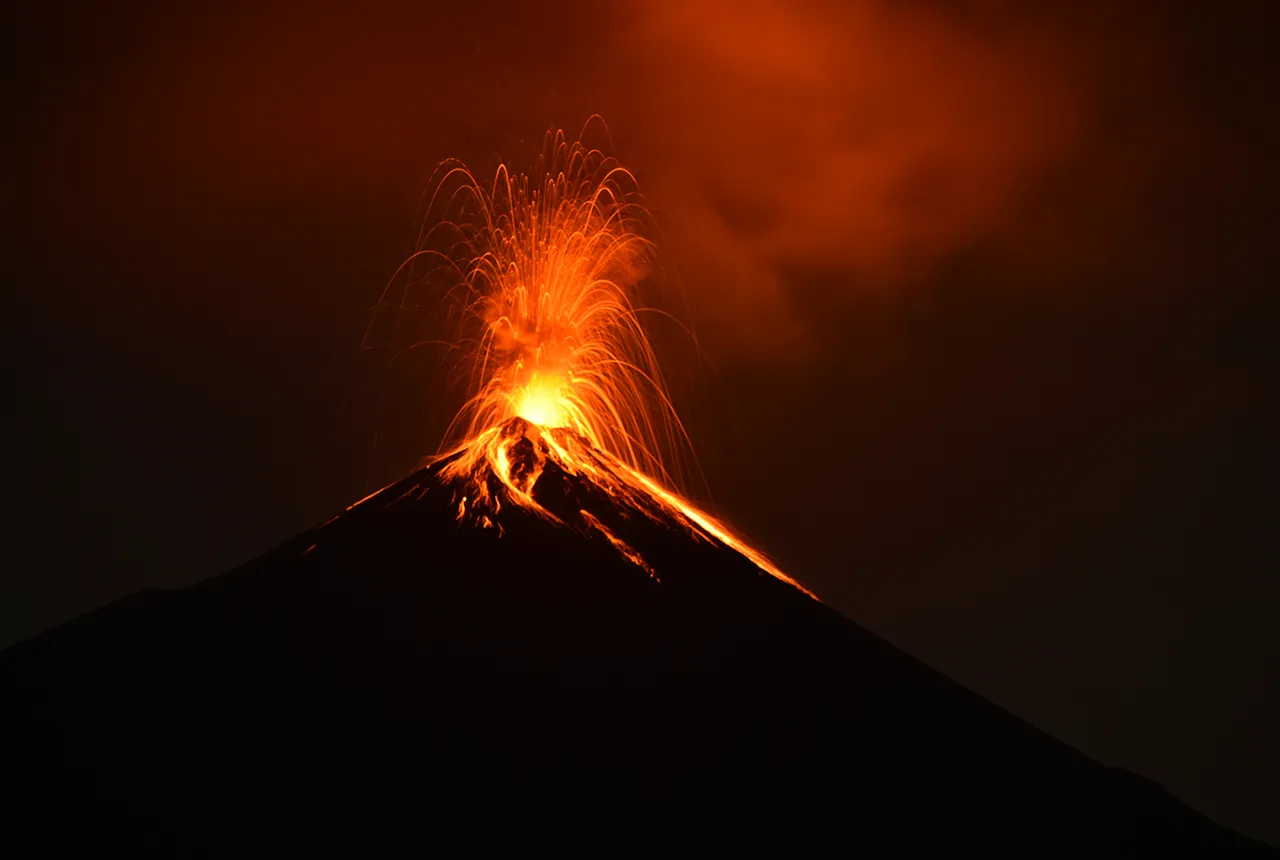
Fieldwork on Volcán de Fuego
13/10/2025
Understanding how one of the world’s most active volcanoes builds up material, and how they collapse to feed hot flows
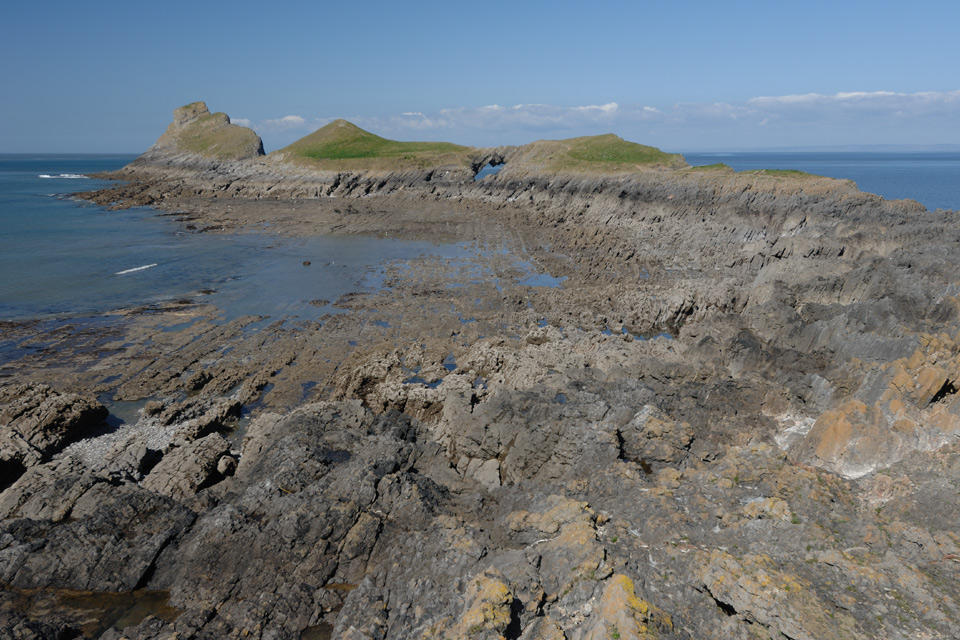
Extended seabed geology map of the Bristol Channel published
07/10/2025
BGS has released significantly extended high-resolution maps that will support offshore green-energy initiatives in the area.
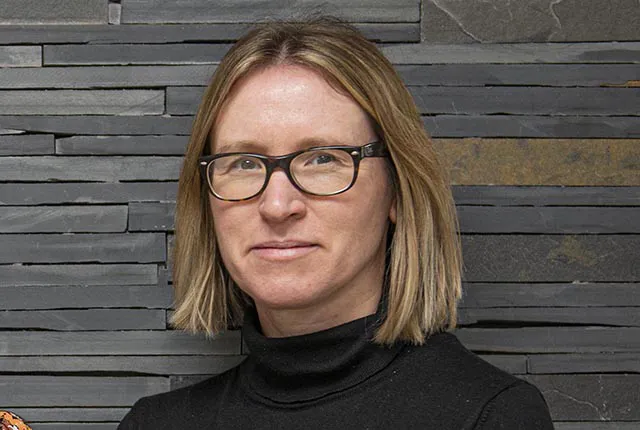
Dr Angela Lamb appointed as honorary professor by the University of Nottingham
02/10/2025
Dr Lamb will take up the position of honorary professor of environmental geochemistry, with a focus on collaborative research.
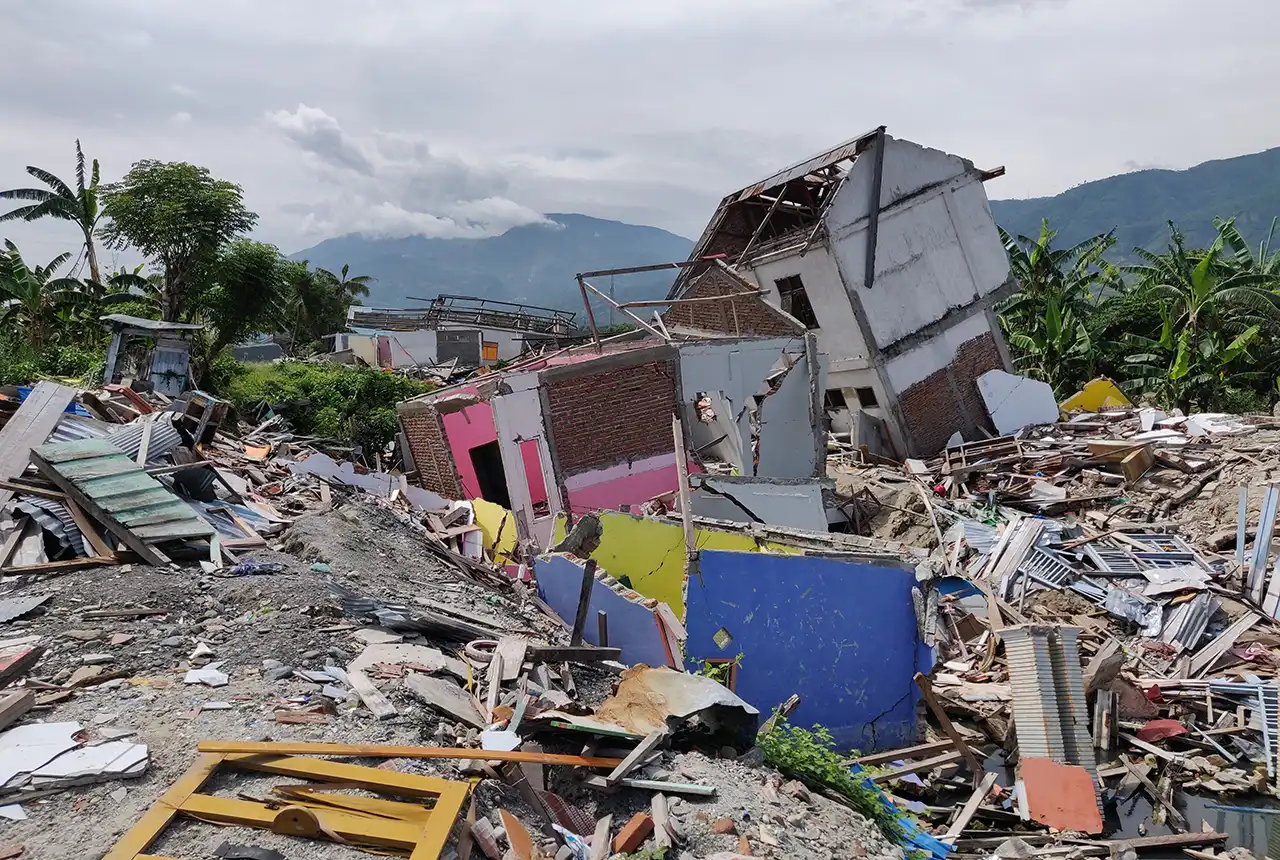
New report sets pathway to reduce the impacts of geohazards in one of the world’s most hazard-prone nations
30/09/2025
A new White Paper, co-developed by Indonesian and UK hazard experts, presents a strategic roadmap to significantly reduce the impacts of geological hazards in Indonesia.
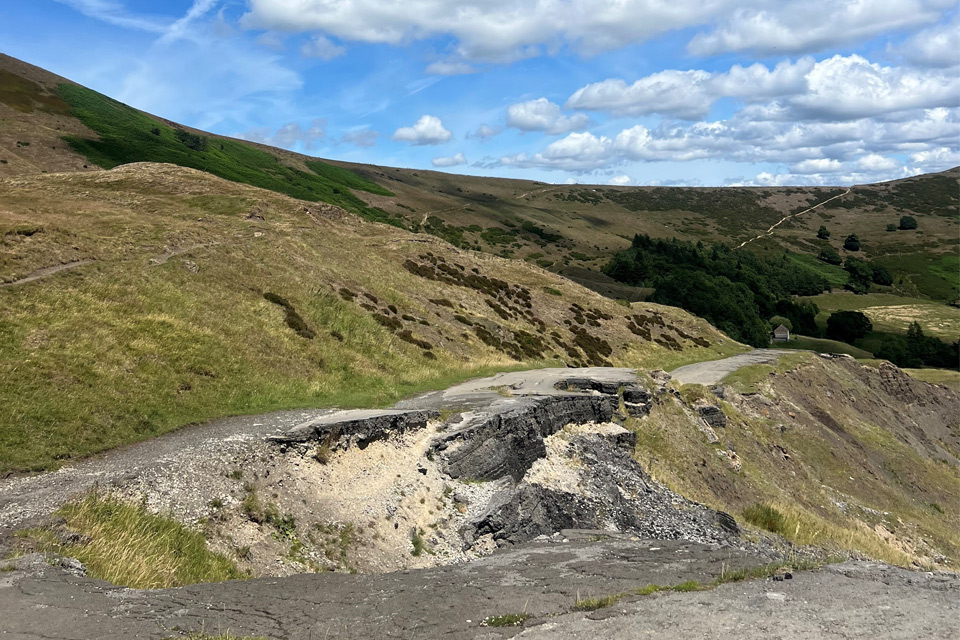
Artificial intelligence helps scientists identify 3000 moving slopes potentially at risk of landslide
25/09/2025
A new approach that combines AI and satellite data has been used by scientists to detect actively moving landslides at a national scale.
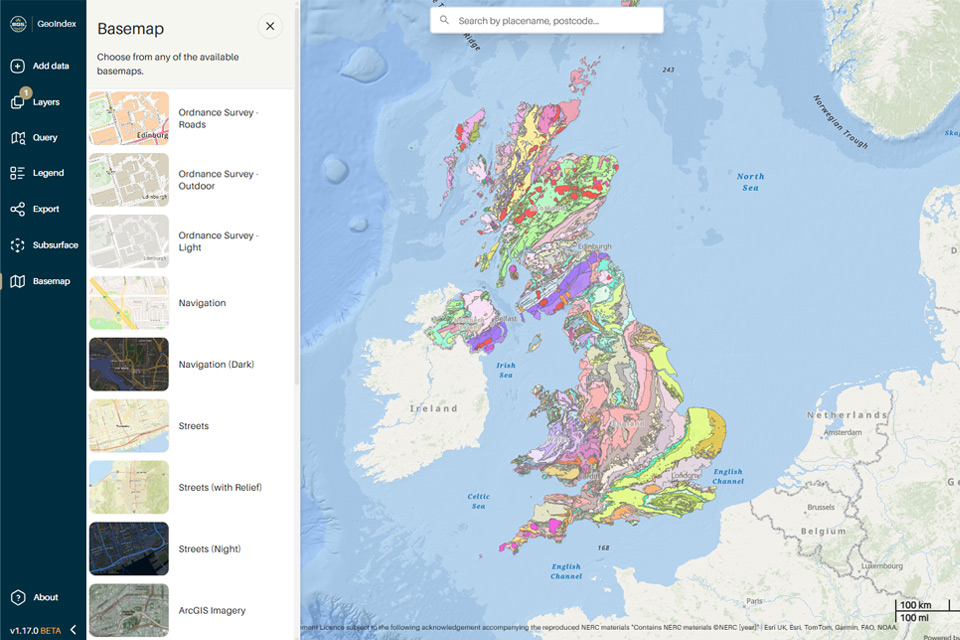
New BGS GeoIndex viewer released for user testing
24/09/2025
The premium map-viewing application has been given a major upgrade and made available as a beta release.

UK scientists in awe-rora as national coverage of magnetic field complete for the first time
23/09/2025
New sensors being installed across the UK are helping us understand the effects that extreme magnetic storms have on technology and national infrastructure.
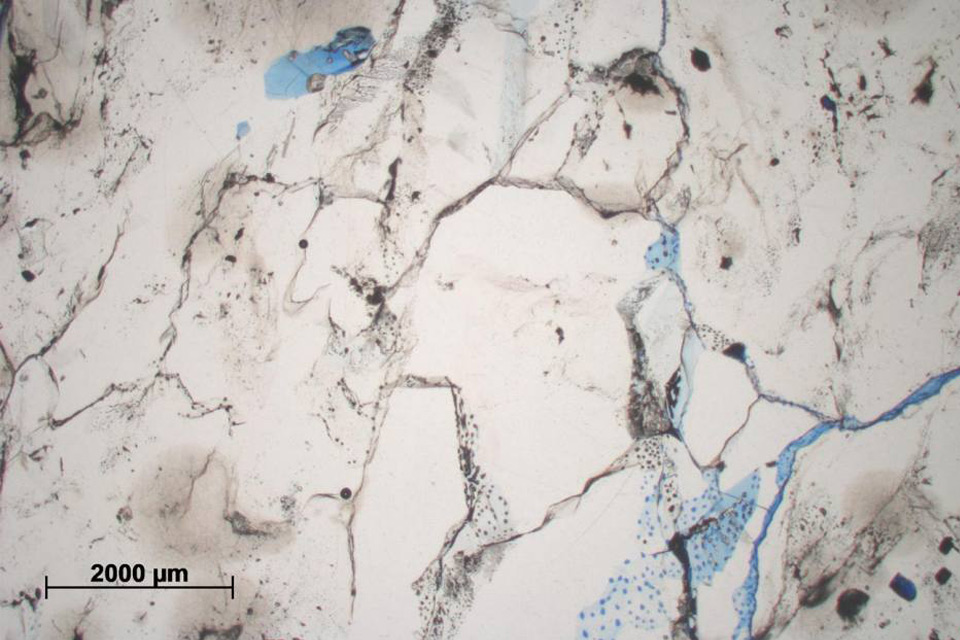
Funding awarded for study on hydrogen storage potential in North Yorkshire
22/09/2025
A new study has been awarded funding to explore the potential for underground hydrogen storage near the Knapton power plant.
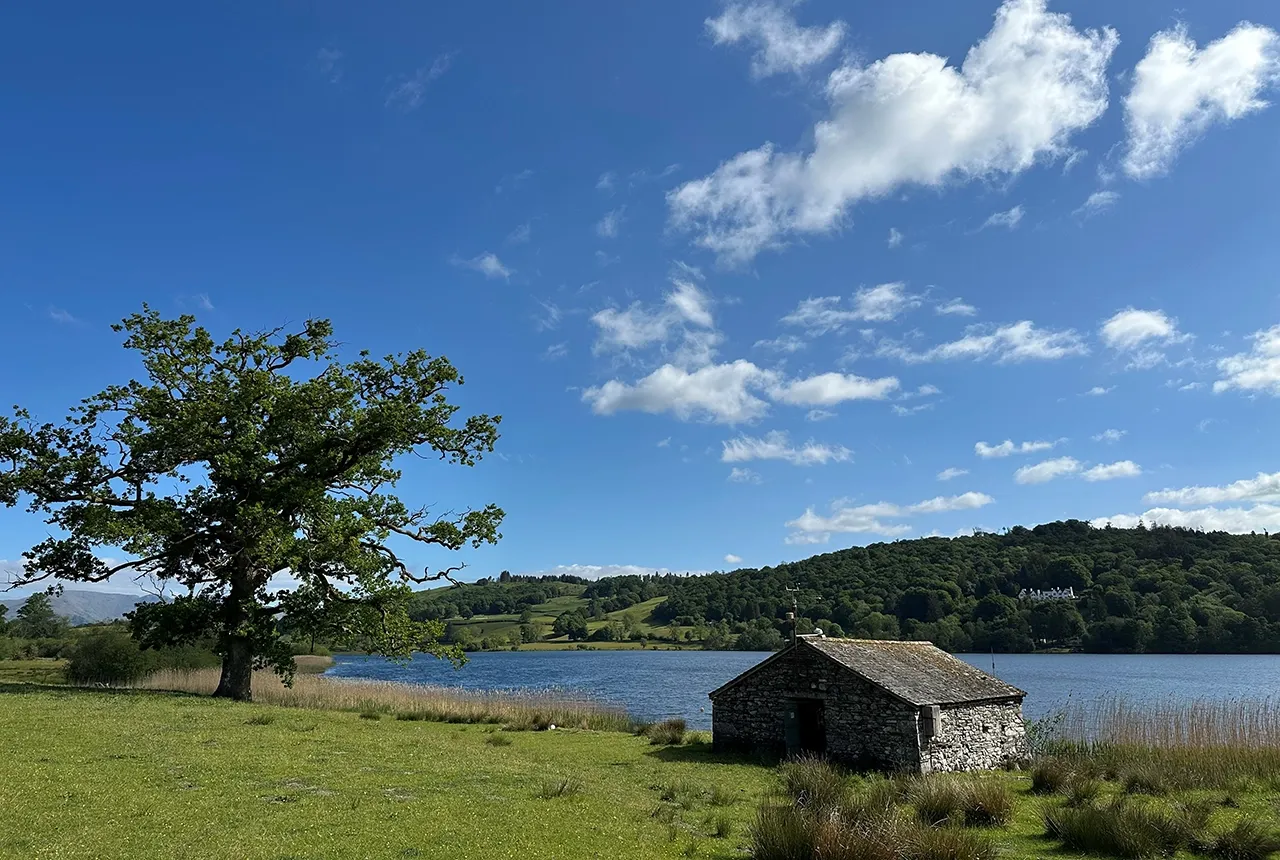
Esthwaite Water: applying novel approaches to understand lake-water nutrient pollution
19/09/2025
Andi Smith (BGS) and Savannah Worne (Loughborough University) embarked on fieldwork in the Lake District, applying a novel stable isotope method for tracing phosphorus sources.

Opening up the geosciences: making work experience more accessible
19/09/2025
BGS has been working with partners to make the geosciences more accessible to young people, including those from under-represented backgrounds.
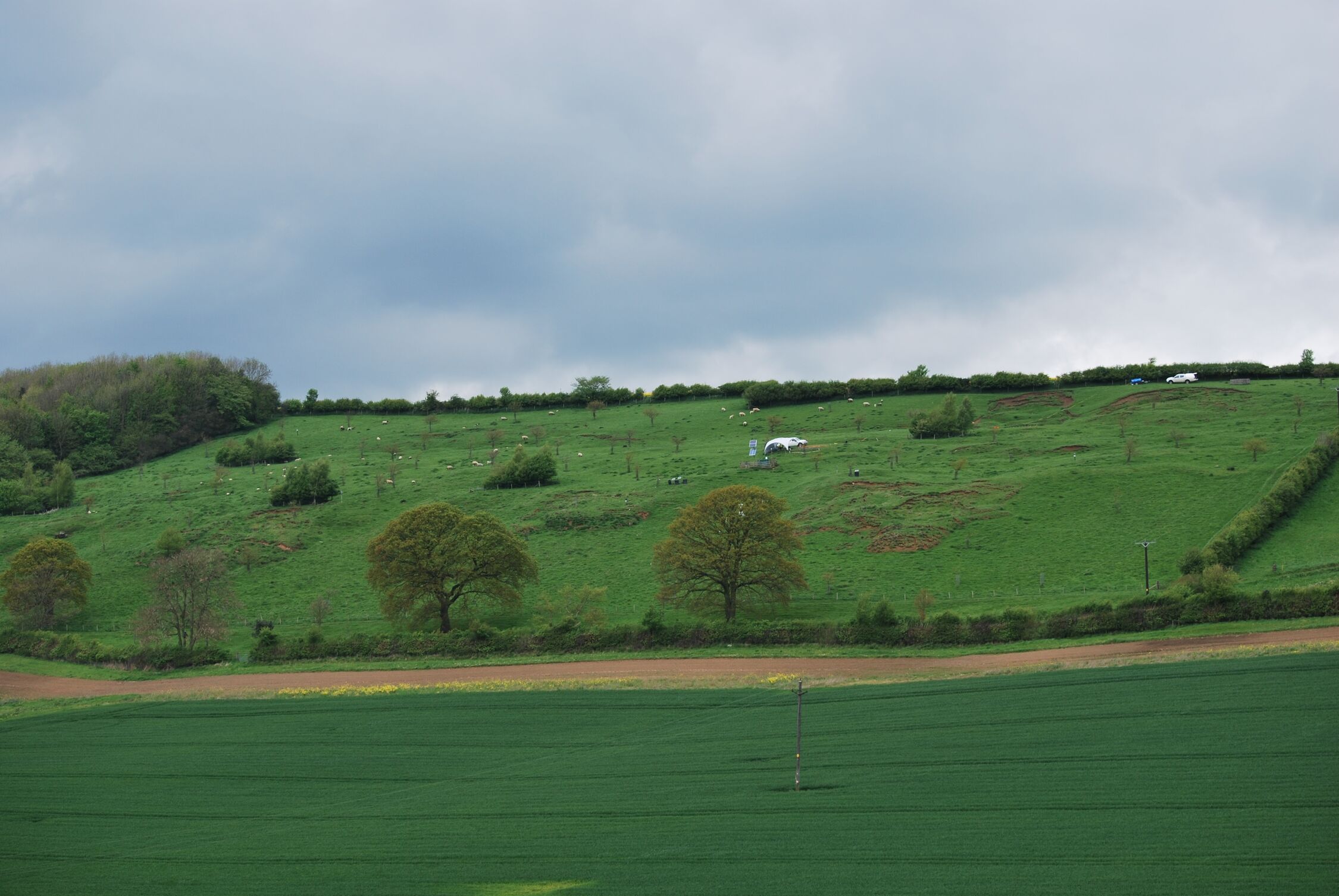
BGS-led paper scoops prestigious award
16/09/2025
New research providing earlier warnings of landslides has been awarded the British Geotechnical Association medal.




